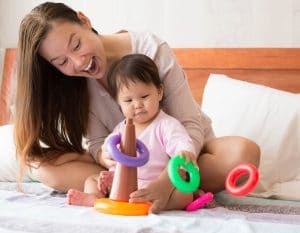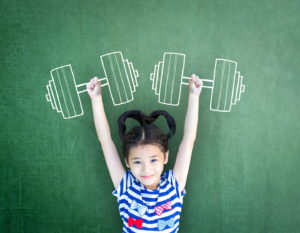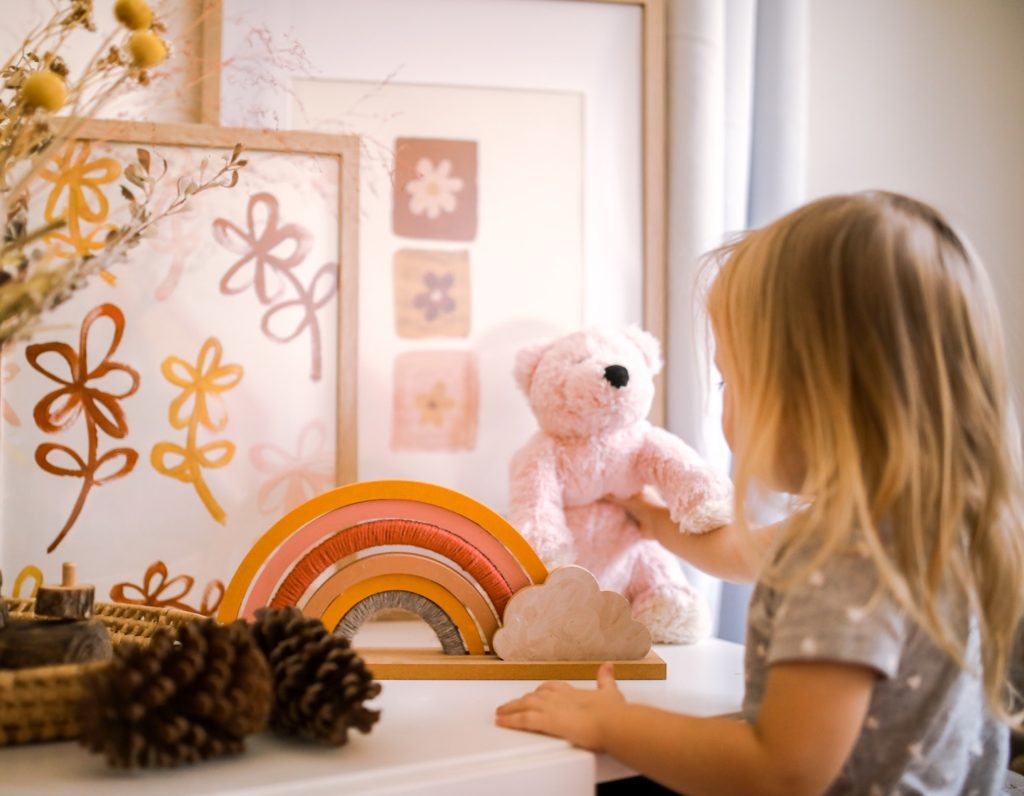
 Post Category - ParentingParenting - Post Category - Toddler & PreschoolerToddler & Preschooler - Post Category - 5-11 Year Olds5-11 Year Olds
Post Category - ParentingParenting - Post Category - Toddler & PreschoolerToddler & Preschooler - Post Category - 5-11 Year Olds5-11 Year OldsMany parents and educators are fans of the Montessori method and would like to bring its learning philosophy into their homes. We speak to a Montessori teacher and mama for her tips on creating a Montessori environment at home.
When thinking about education and methods of teaching or learning, the first question that might come to your mind is: “Why Montessori?”. The Montessori style of learning encourages children to forge their own path to success by fostering independence while encouraging the ability to question, explore and make connections.
In a rapidly changing world where there is a premium attached to skills like critical thinking, problem solving and creativity, it comes as no surprise that the likes of Jeff Bezos, Julia Child and Taylor Swift were all once Montessori children. With the latest closures of kindergartens and primary schools in Hong Kong from Friday, 14 January 2022 (*sarcastically* – thanks COVID-19), here are some easy tips to implement the Montessori methods at home.
Read more: Your Guide To Preschools, Nurseries And Kindergartens In Hong Kong
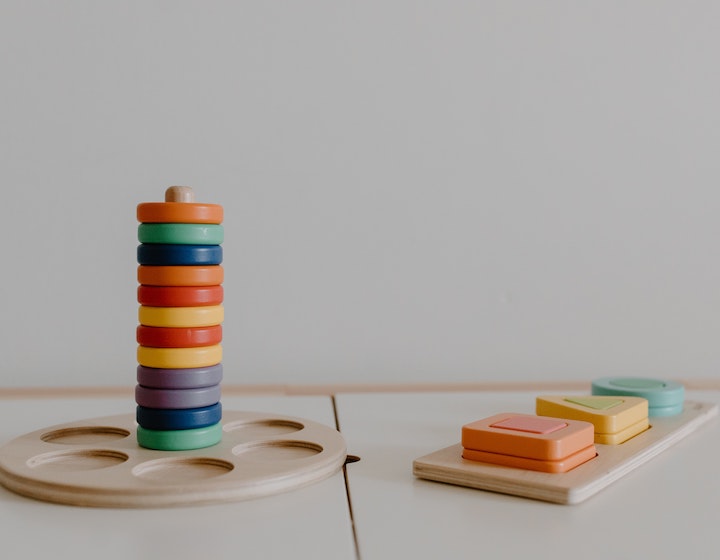
Why Create A Montessori Environment At Home?
Hong Kong has only a few recognised Montessori schools with trained teachers. This makes Montessori education expensive here. Adding to this is the need to join a “feeder school” to ensure you bag the primary school of your choice. So, Montessori via a school may not always be possible. However, the beauty of the Montessori philosophy is that you can create this environment quite easily at home and still reap its rewards.
Here are some tips to make your house more Montessori friendly for your 3 to 7-year-olds…
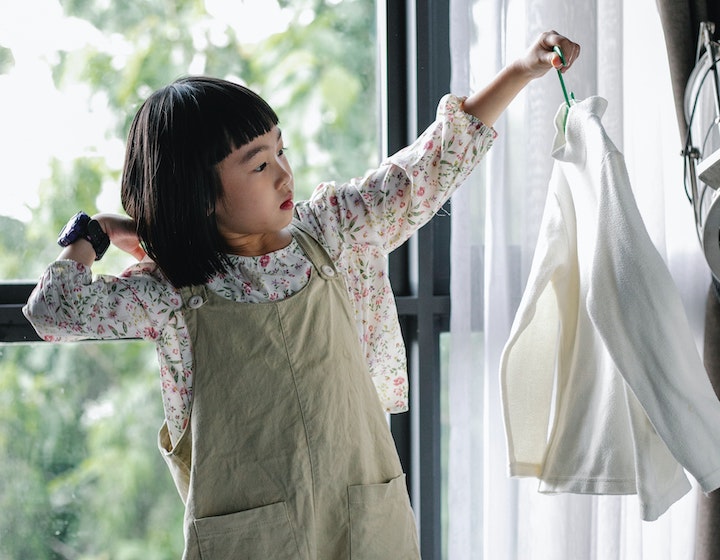
 Montessori At Home: Let them Dress Themselves
Montessori At Home: Let them Dress Themselves
One of the easiest ways to build independence and self-confidence is to let children dress themselves. Seemingly easy for an adult, the various skills involved in pulling up trousers, getting a dress or t-shirt over your head, or zipping up and wearing your shoes and socks, are a great gross and fine motor skill workout.
For example, the repetition of a mundane task of buttoning a shirt uses the three fingers that are required to hold a pen. So if your child takes to writing easily, you know that wasn’t a coincidence!
At a life skills level, letting children dress themselves gives them concrete experiences on having choices, communicating opinions, making decisions and living with the consequences. Yes, it might not always suit your taste, but fashion choices are deeply personal, even if it is a little human calling the shots!
As a child, dressing oneself is not always smooth sailing. Children can find it frustrating. So, ensure you help them when they ask for it and especially if it is not an age-appropriate skill yet. For example, tying shoelaces are more suitable for those 6 years and up.
I have mentioned this tip first because it doesn’t need any extra modifications to your home. But the ripple effects of this are significant. As a parent, I have seen my daughter gloat with confidence that she is a “big girl”. As an early years teacher, I have witnessed how teachers subconsciously treat this child as a leader among his or her peers (an independent dresser in an early years setting makes the life of a teacher and teaching assistant a little easier).
Read more: 10 Activities To Help Develop Better Fine Motor Skills In Children
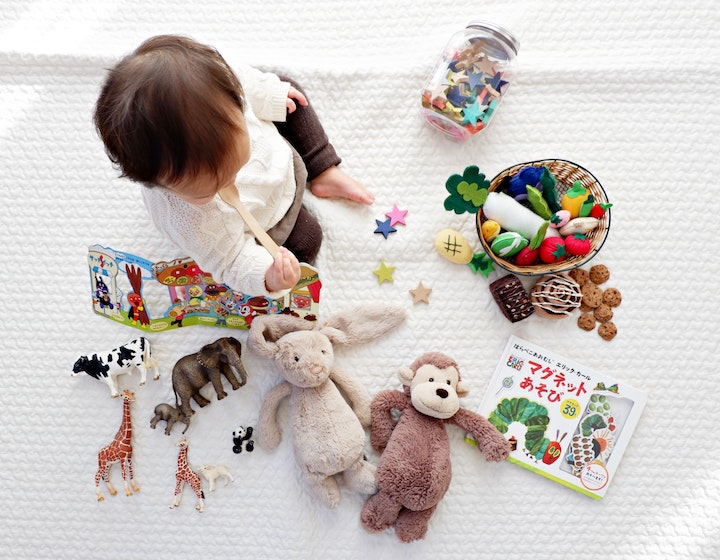
 Montessori At Home: Let Them Own Their Space
Montessori At Home: Let Them Own Their Space
In order to facilitate dressing themselves, children should have access to their clothes. Everything that belongs to the child should be on low and accessible shelves. The same goes for their books and toys. This way the child is able to use whatever catches their eye. Even artwork displayed in the room should be at their eye level for them to appreciate it. This is their safe space, so everything should be child-sized.
While designing your child’s room, pay attention to the colour palette. Montessori recommends neutral tones as these are reminiscent of nature and promote calmness and focus.
 Montessori At Home: Keep It Organised
Montessori At Home: Keep It Organised
Does it feel like the children have taken over and your house is about to be a complete mess? This tip will come to your rescue. If you were to look into a Montessori class just after the children have left, you will find a largely clean classroom. This is because of the “freedom within limits” principles followed in the Montessori environment. Children need to use things one at a time: one book or one toy at a time, put it away before using something else. This means that only a limited quantity of items is accessible to the child.
You will need to circulate books and toys based on the environment around them (such as Halloween themed books in October), their age and interest. If you see your child not reaching for an item consistently, pack it away temporarily and replace it with something else they like.
For this tip to work, the key is to start young. I have 2-year-olds who tidy up. However, you need to have age-appropriate expectations of how well it will be put away; do not expect perfection. You can gear the kids up for success at an age by making it easy to put their stuff away, like this:
- Make sure there is a place for every item and the child knows this
- Have easy to put away, child-sized containers
- Use positive language, verbal cues and role modelling to remind them when they forget
Read more: Home Hacks: 6 Ways To Make Cleaning Fun For Your Kids

 Montessori At Home: Emphasise Collaboration
Montessori At Home: Emphasise Collaboration
Children need chores. It is their first introduction to taking responsibility for something outside of themselves and building a work ethic.
Giving children chores from an early age teaches them to function and thrive as part of society. Again, these need to be age-appropriate and increase in complexity, as they grow older. Doing chores is a cornerstone of collaboration and teamwork where there are people with multiple skills and capabilities in a household working towards a common goal, say making dinner.
Care of others and the environment is a key aspect of Montessori education teaching children to look outside of themselves and be kind to those around them.
 Montessori At Home: Emulate And Moderate Expectations
Montessori At Home: Emulate And Moderate Expectations
A home following Montessori principles will have adults follow the same rules as the children. A fair environment fosters kindness and makes children secure adults.
Finally, you need to remember that Montessori does not offer any quick fixes. In order for these tips to work you need to remember to trust the process and recognise your child as a unique individual who will have their own way of doing things.
Read more: Raising Resilient Hong Kong Kids By Teaching Them Happiness
Editor’s note: This article was originally published in October 2021 and updated in January 2023.
 View All
View All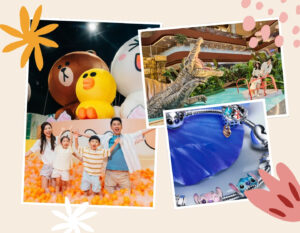

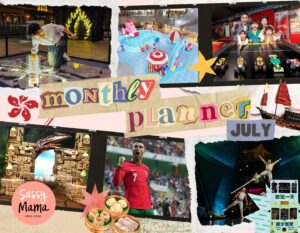

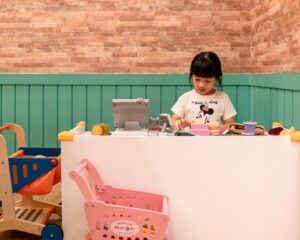




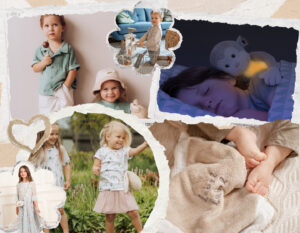
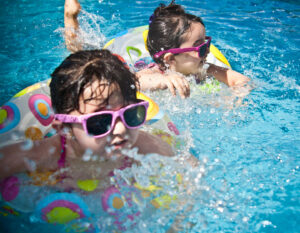
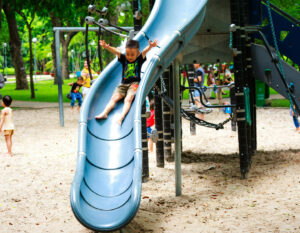
 View All
View All



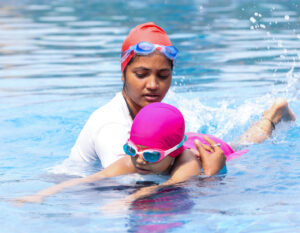
 View All
View All


 View All
View All






